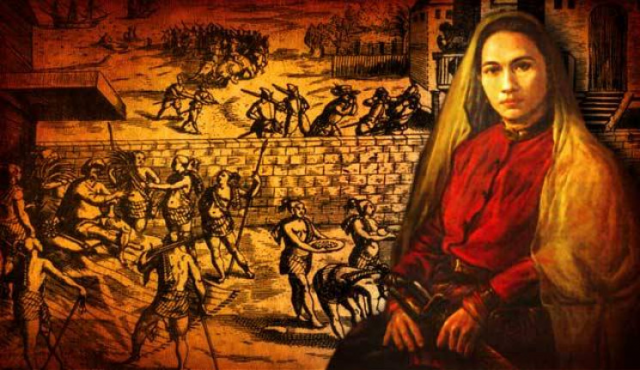In the collective memory of Southeast Asia, tales of legendary rulers and warriors abound. Yet few shine as brightly—and are as underappreciated—as the story of Keumalahayati, a woman who rose through the ranks of Aceh’s military elite to become the world’s first recorded female admiral.
Her legacy as a war strategist, fearless naval commander, and skilled diplomat places her among the greats, not only of Indonesia but of Southeast Asia as a whole.
At a time when European empires were expanding into Asia’s waters, Malahayati stood firm on her own terms, commanding fleets and leading negotiations. Her achievements predate the recognition of female military leaders in the West by centuries.
A Warrior Born of Lineage and Loss

Keumalahayati was born into a noble military family during the golden age of the Aceh Sultanate, a powerful kingdom located at the northern tip of Sumatra. Her grandfather was Sultan Salahuddin, and her father, Admiral Mahmud Syah, was a senior naval leader.
Raised in a tradition of leadership and Islamic scholarship, she received military education at Ma’had Baitul Maqdis, an esteemed academy for future officers and diplomats of the empire.
But it was a personal tragedy that propelled her into active duty. After her husband died in battle against Portuguese invaders, Malahayati founded a unique combat unit called the Inong Balee, made up of widows of fallen soldiers.
These women, trained and disciplined, formed one of the first all-female naval forces in the region—a bold response to the tide of colonial aggression.
Standing Against Empire at Sea

By the end of the 16th century, the seas of Southeast Asia were hotly contested. Dutch and Portuguese ships sailed through the Strait of Malacca, seeking control over trade routes. Malahayati met them with strategy and strength.
In 1599, she led a decisive battle that resulted in the death of Cornelis de Houtman, one of the earliest Dutch explorers to enter Acehnese waters. His arrival had been marked by disrespect and threats of violence, which Malahayati swiftly countered. This event sent shockwaves across the Dutch East India Company and altered the trajectory of their early expansion.
A few years later, in 1601, she captured Dutch Admiral Jacob van Neck following an attack on an Acehnese merchant ship. Rather than exact revenge, Malahayati negotiated—successfully—for reparations and official apologies. Her diplomacy was as sharp as her sword.
A Diplomat Who Opened Regional Channels
Malahayati’s role extended beyond warfare. In an era when diplomacy was dominated by men, she received James Lancaster, envoy of Queen Elizabeth I, aboard Acehnese soil.
The meeting led to the establishment of formal trade relations between Aceh and England—marking the beginning of Southeast Asia’s engagement with the British empire.
Her actions not only defended Aceh’s sovereignty but also positioned the kingdom as a diplomatic player in early global politics. She was a leader who combined military might with political foresight—an ideal model for Southeast Asian leadership.
Her Death in Battle, Her Legacy in the Region
Malahayati was killed in combat against Portuguese forces in the Bay of Krueng Raya, but her legacy lives on. She is buried near Banda Aceh in a site that is now a place of national and historical significance.
Her name graces naval warships, universities, hospitals, and streets across Indonesia. But more than that, she represents a shared Southeast Asian legacy—a narrative of resistance, resilience, and the power of women in shaping the course of history.
A Timeless Icon for Southeast Asia
In modern times, when discussions of gender and leadership continue to evolve, Admiral Malahayati serves as a powerful reminder: Southeast Asia had empowered female leaders long before it became a global conversation. Her story invites us to look deeper into our own history—not just to celebrate, but to learn from it.
She led when few believed a woman could. She fought not only with weapons but with wisdom. And she did all this as part of a Southeast Asian legacy that deserves far greater recognition on the global stage.
Malahayati's name may be etched in Indonesian memory, but her impact resonates far beyond. She is Southeast Asia’s admiral, a guardian of our waters, and a symbol of the strength that has always existed in our region—even if the world is only now beginning to notice.


















